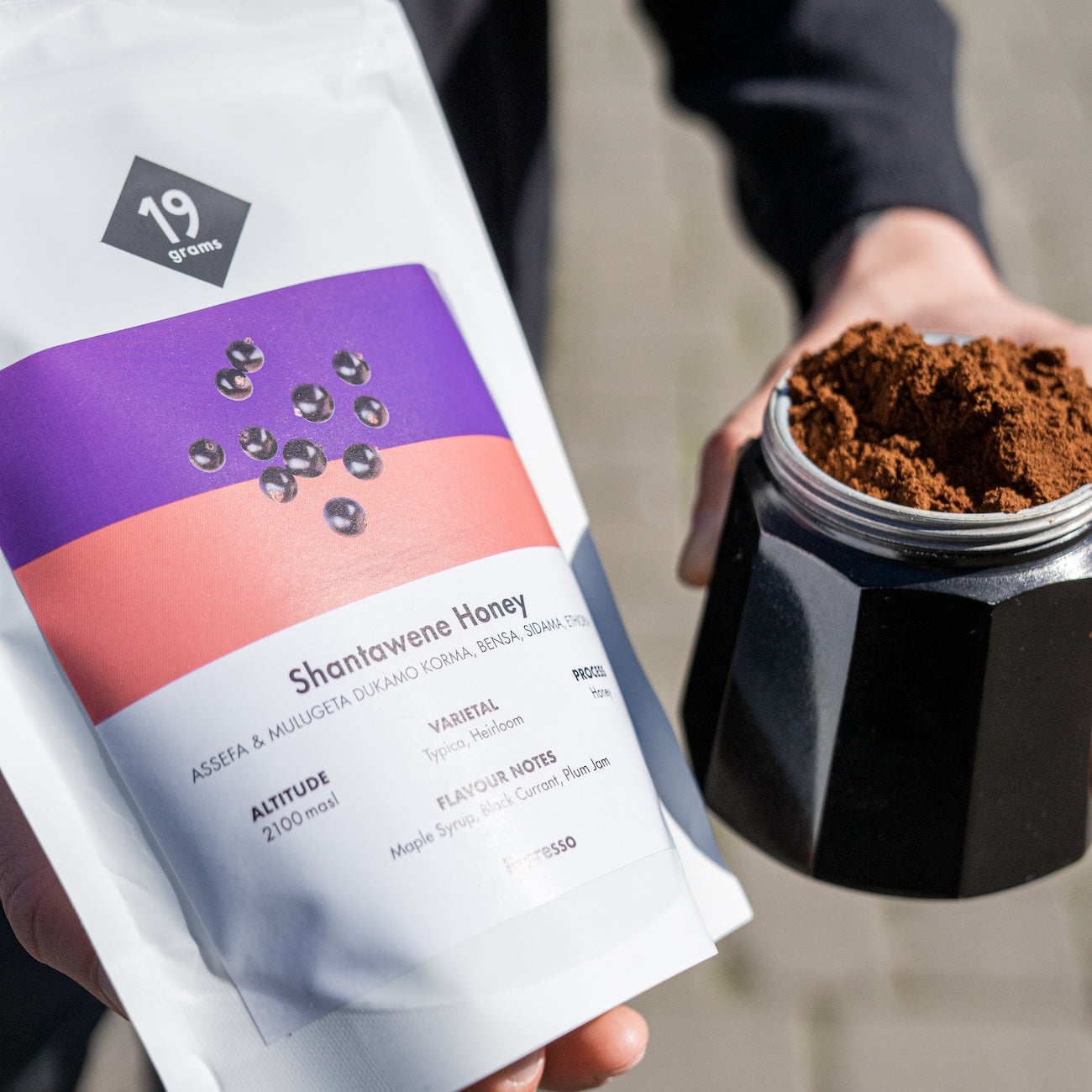Vapor pressure refers to the pressure exerted by saturated vapor in a closed container and indicates how strongly a substance tends to change into the gas phase. It increases with increasing temperature and varies depending on the specific substance. In the context of coffee, vapor pressure is crucial for the production of milk foam and also plays an important role in certain coffee machines.
Milk foam is created by mixing milk with air using steam pressure. Coffee machines with a nozzle use a steam pressure of about one bar for this purpose. When mixed with air, the steam pressure causes the proteins and fats in the milk to form structures that trap small air bubbles. Factors such as the fat content and temperature of the milk also influence the quality of the milk foam.
Coffee makers that use steam pressure consist of a pressure-resistant water tank with a heater. As the temperature rises, the pressure in the tank increases, and the steam pressure moves the water up through a riser tube. The hot water is then evenly distributed over the coffee powder to extract the flavors. The impact of steam pressure on coffee quality is significant, as brewing at higher altitudes with lower atmospheric pressure can result in suboptimal coffee quality due to the lower boiling point of the water.






